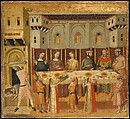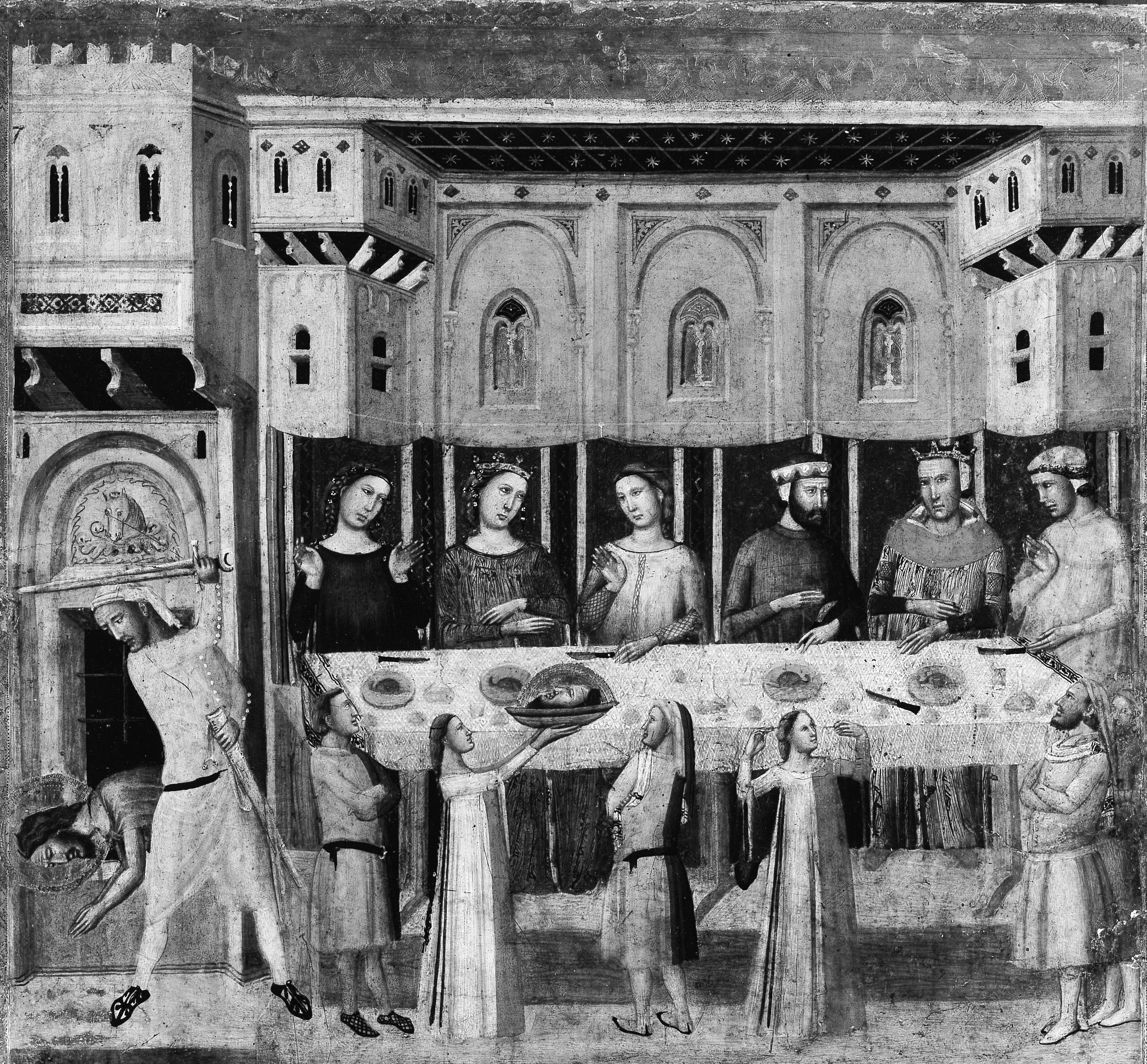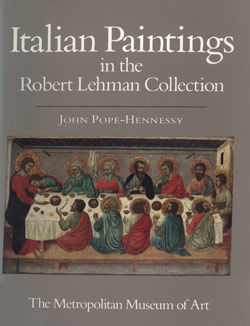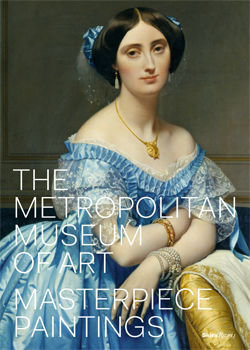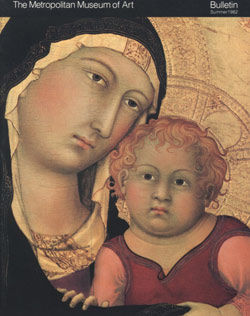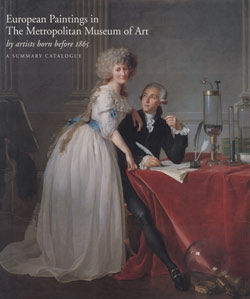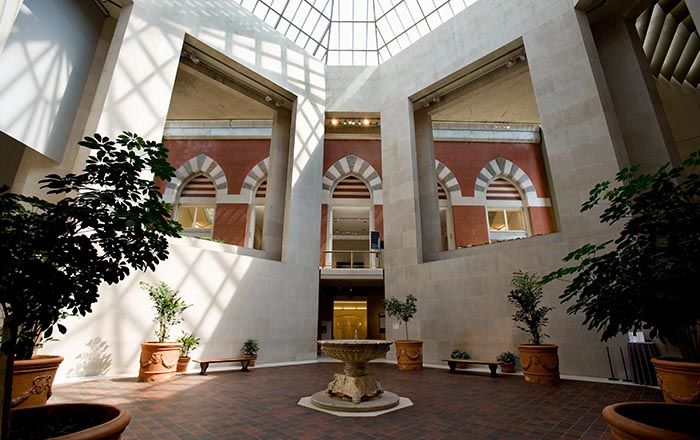The Feast of Herod and the Beheading of the Baptist
Giovanni Baronzio Italian
One of the most important surviving examples of fourteenth-century painting from Rimini (on Italy’s Adriatic coast), this panel was one of eight scenes depicting the life of Saint John the Baptist from a now-dismembered altarpiece. Riminese painters of the first half of the fourteenth century were indebted to Giotto, who worked in the city in the early years of the century. This dramatic scene unfolds in the palace of King Herod (crowned and seated at the table), who is so enchanted by the dancing of his stepdaughter, Salome (dressed in red and white in the foreground), that he grants her any wish. Prompted by her mother, Queen Herodias, Salome requests the head of Saint John the Baptist, which she presents to her on a platter. Queen Herodias sought revenge against Saint John for criticizing Herod’s marriage to his brother’s wife.
The Lehman panel is one of a series of eight scenes that may have flanked a Madonna and Child (National Gallery of Art, Washington, D.C.). The others are the Annunciation to Zacharias (private collection), Birth of Saint John and Baptism of Christ (both National Gallery of Art, Washington, D.C.), Saint John in the Wilderness (Pinacoteca Vaticana), Saint John and the Pharisees (Seattle Art Museum), and Saint John in Limbo (private collection).
Due to rights restrictions, this image cannot be enlarged, viewed at full screen, or downloaded.
This artwork is meant to be viewed from right to left. Scroll left to view more.
